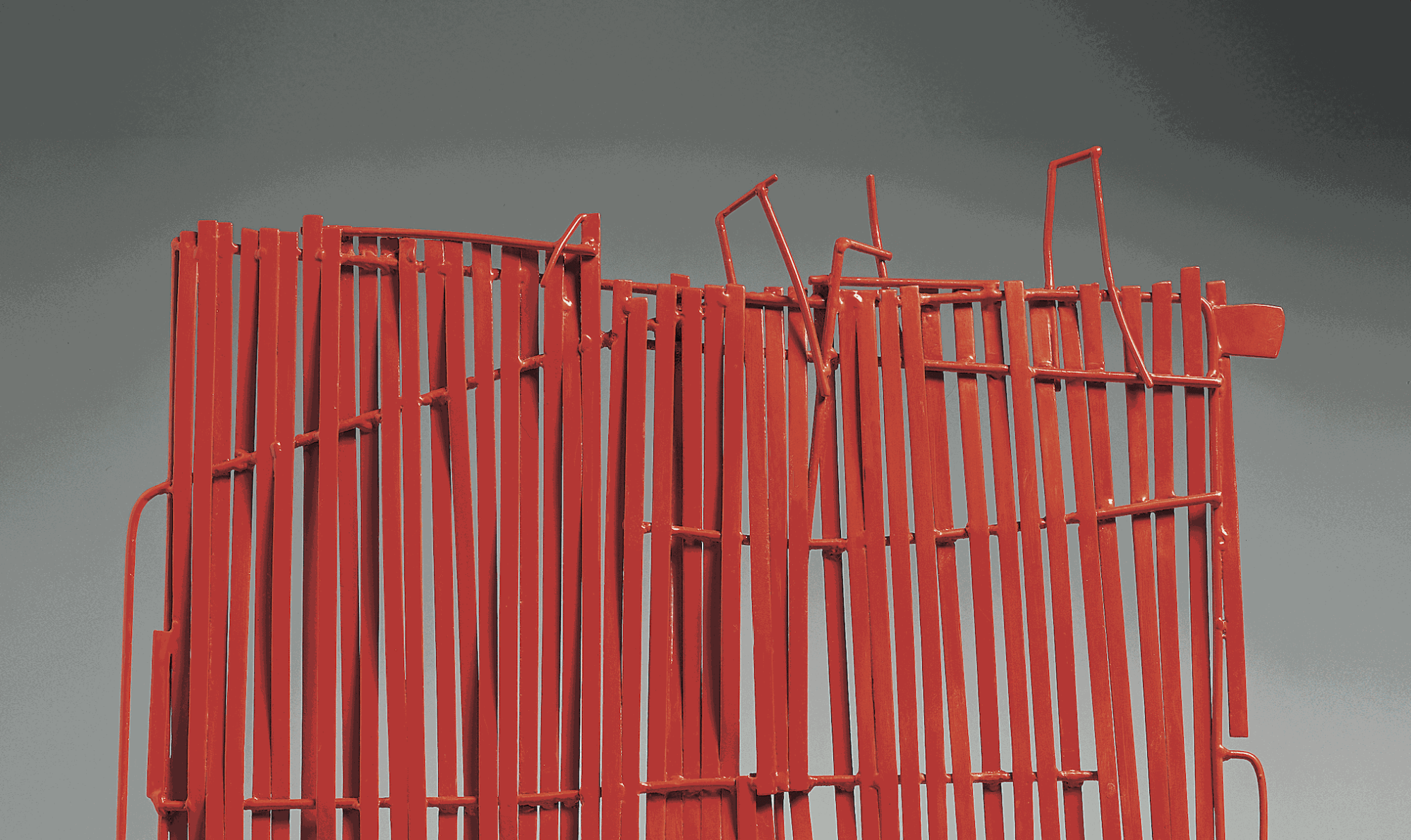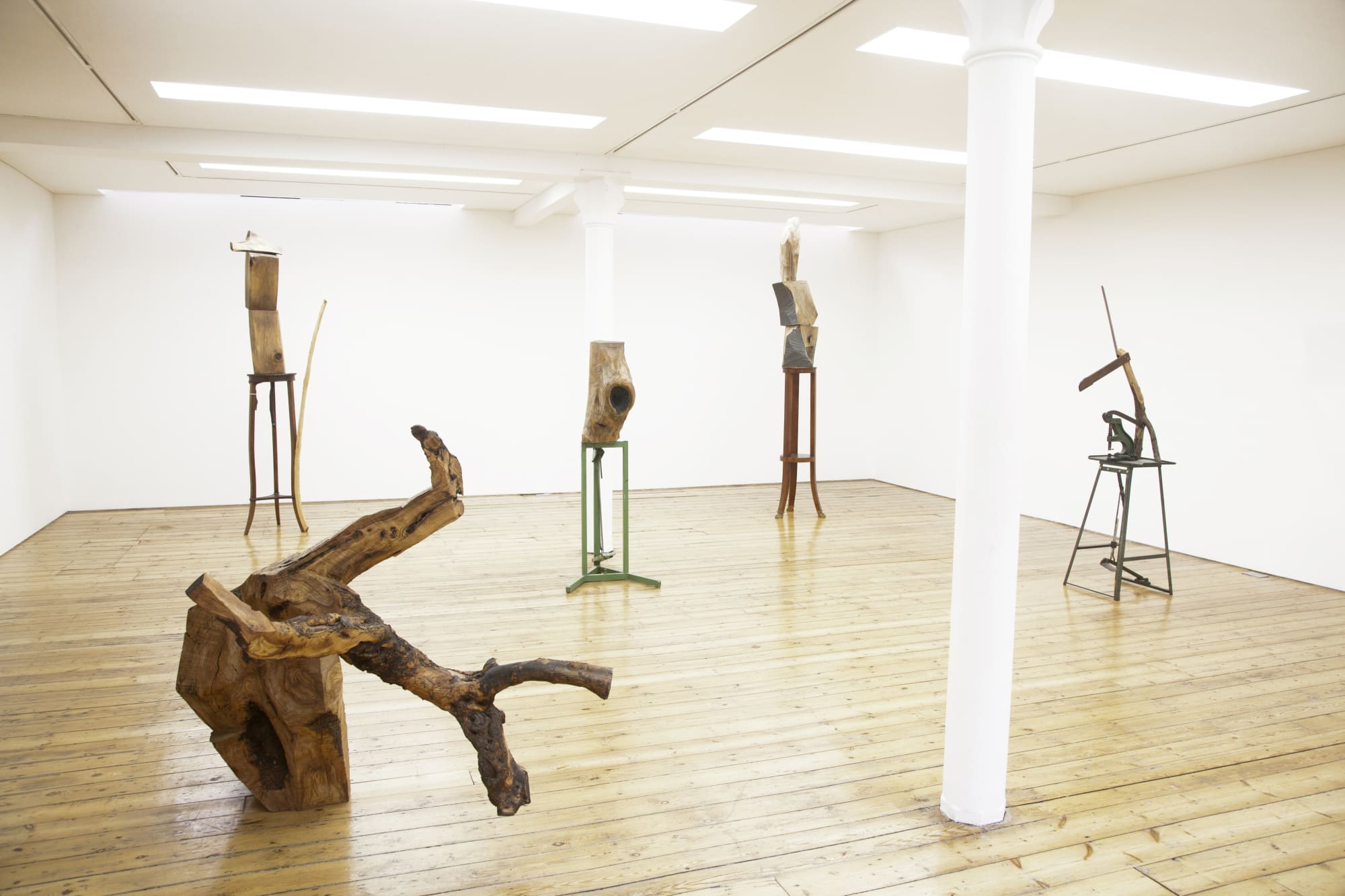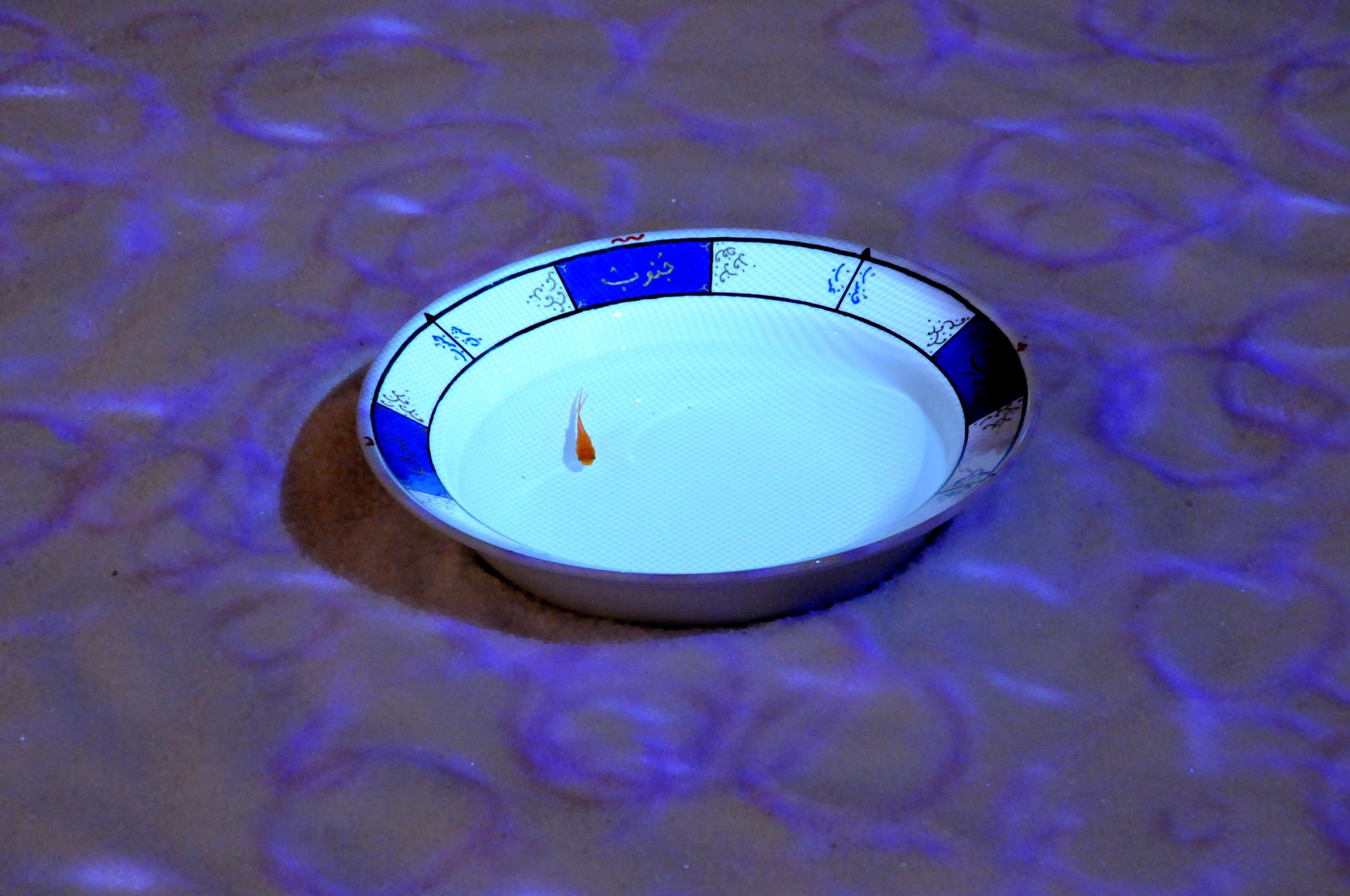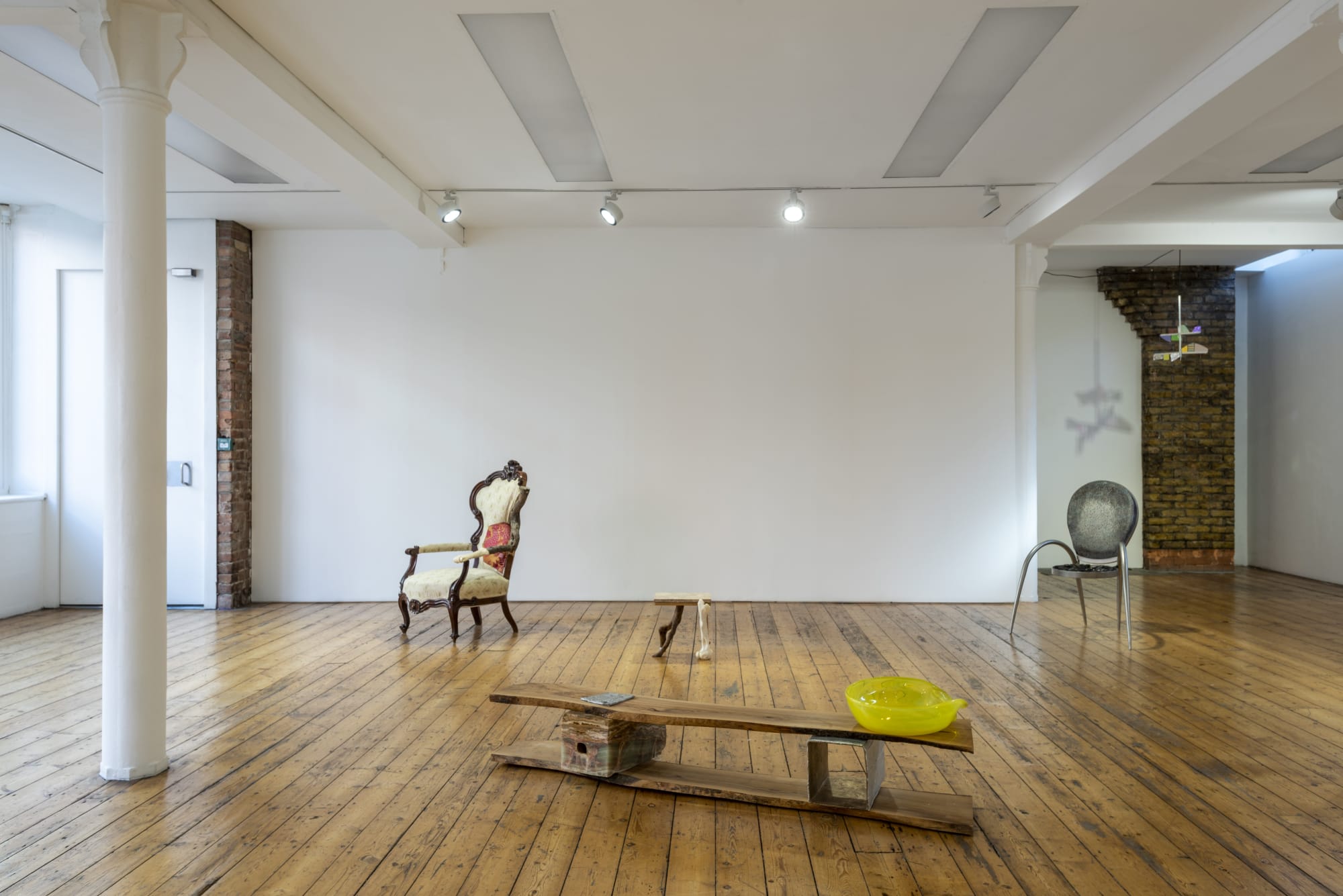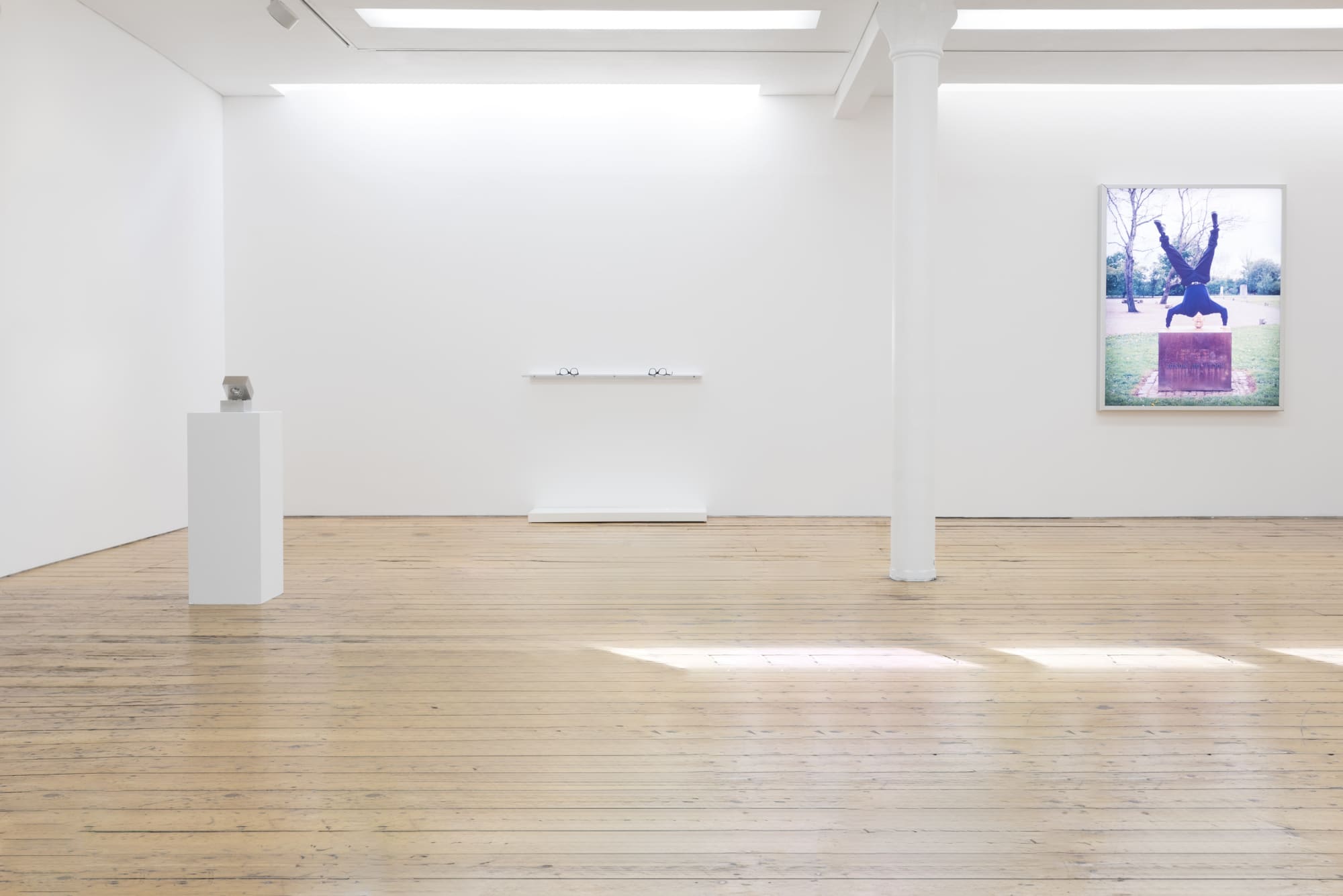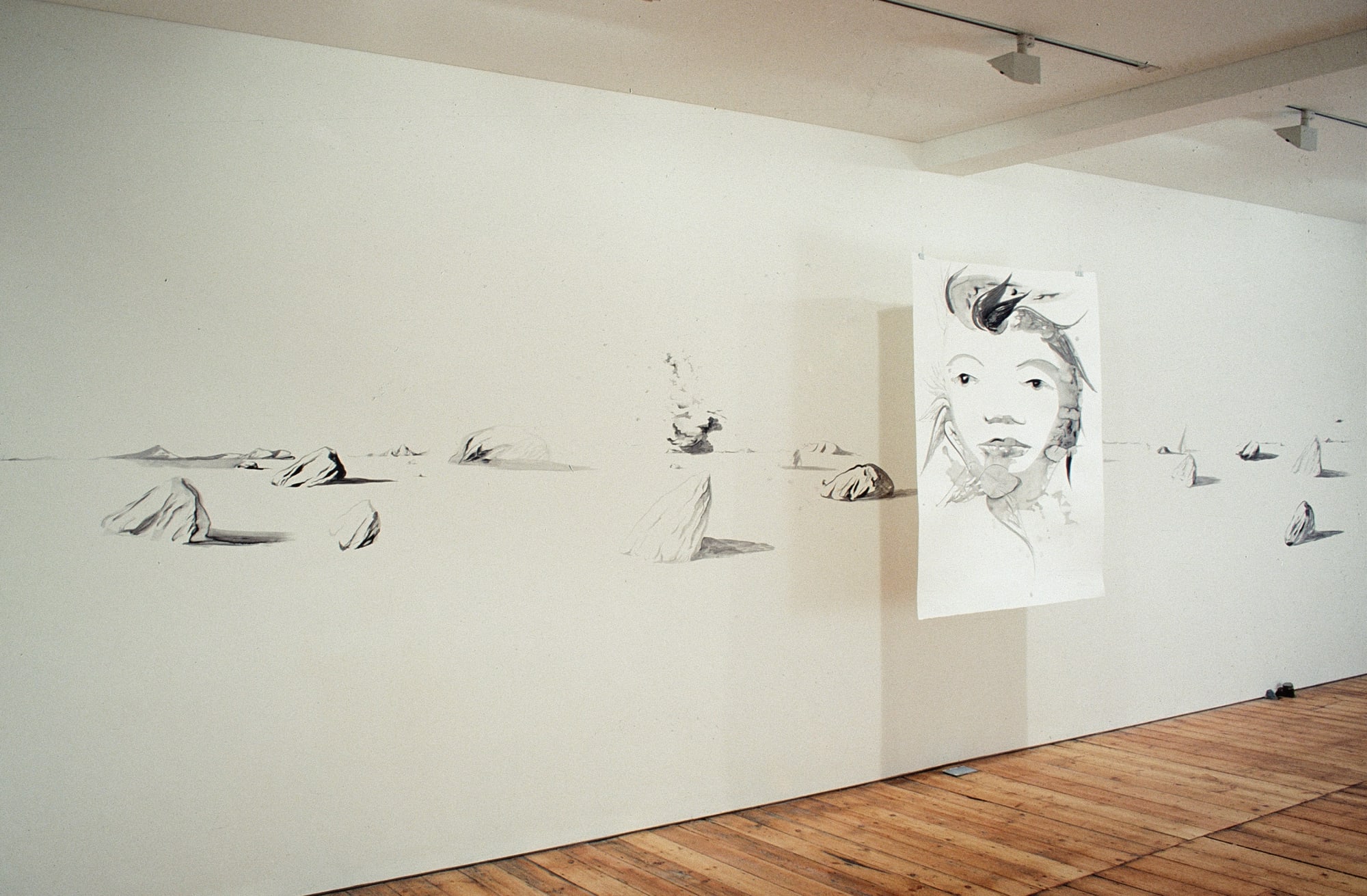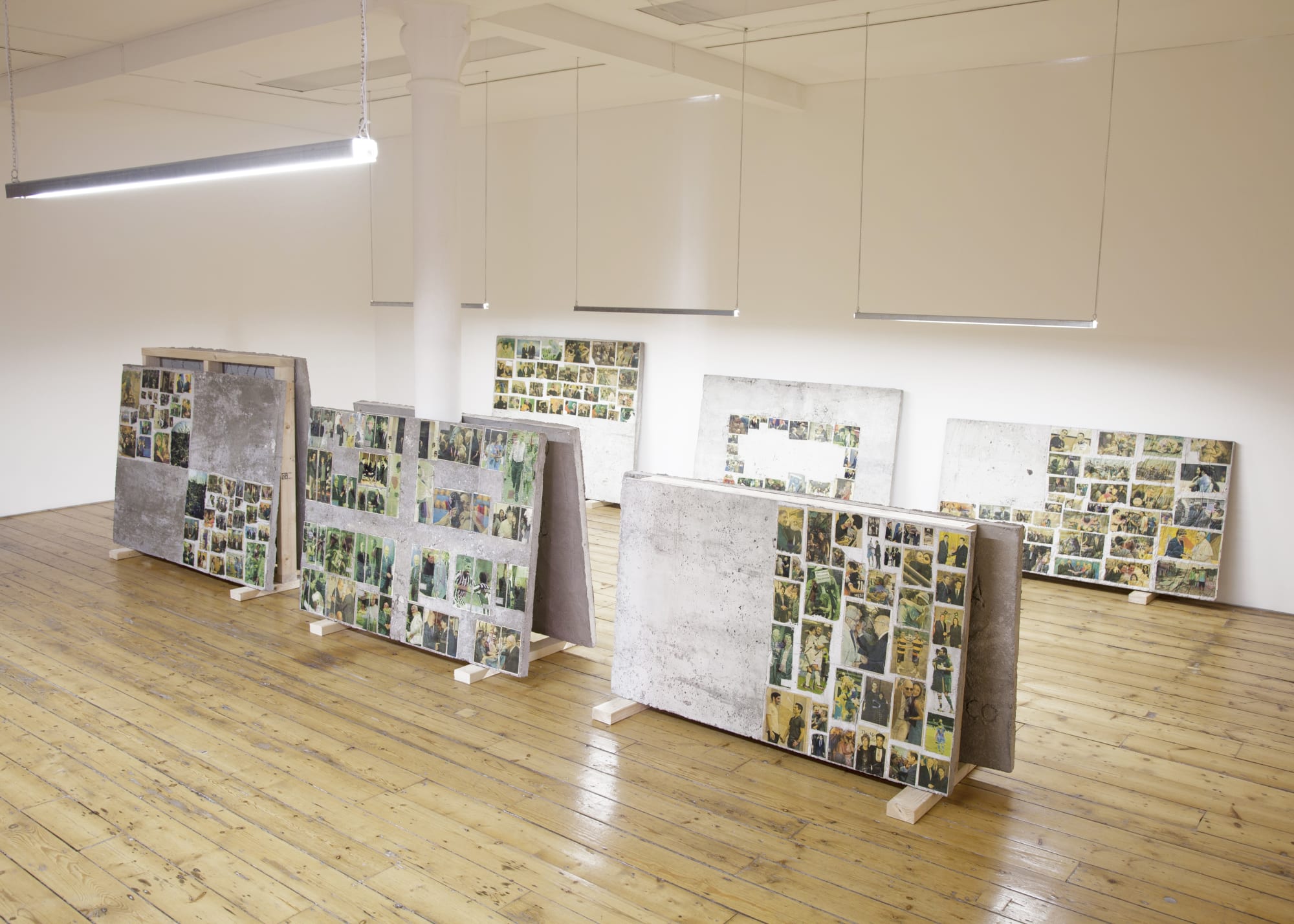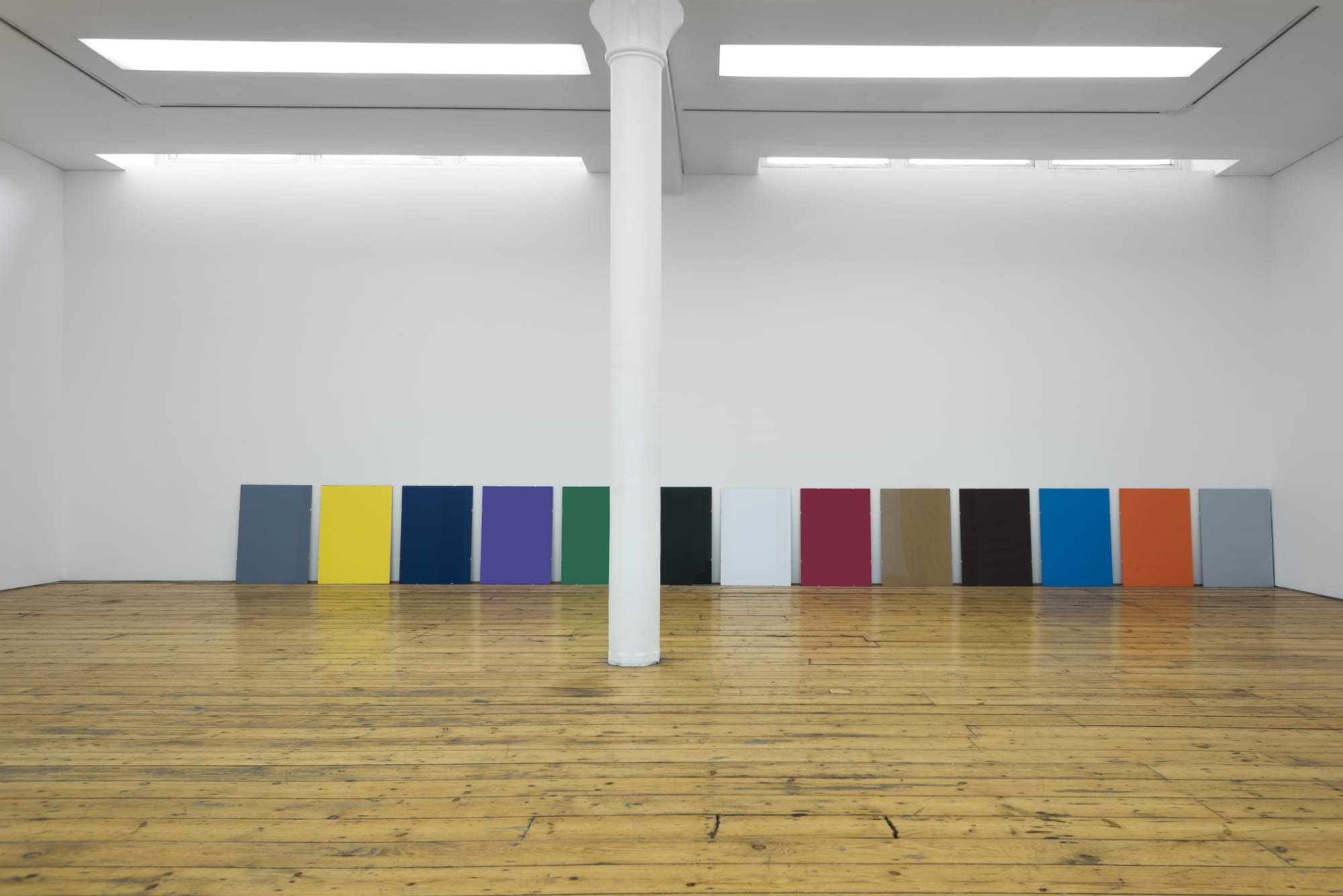-
Francesco Arena
-
Micol Assaël
-
Giorgio Andreotta Calò
-
Pietro Consagra
-
Mario Dellavedova
-
Jimmie Durham
-
Chelpa Ferro
-
Nan Goldin
-
Sandra Vásquez de la Horra
-
Ilya and Emilia Kabakov
-
Avish Khebrehzadeh
-
Jannis Kounellis
-
LABINAC
-
Renato Leotta
-
Cinthia Marcelle
-
Cildo Meireles
-
Mario Merz
-
Boris Mikhailov
-
Pavel Pepperstein
-
Jorge Peris
-
Matheus Rocha Pitta
-
Emilio Prini
-
Pedro Cabrita Reis
-
Eric Wesley



